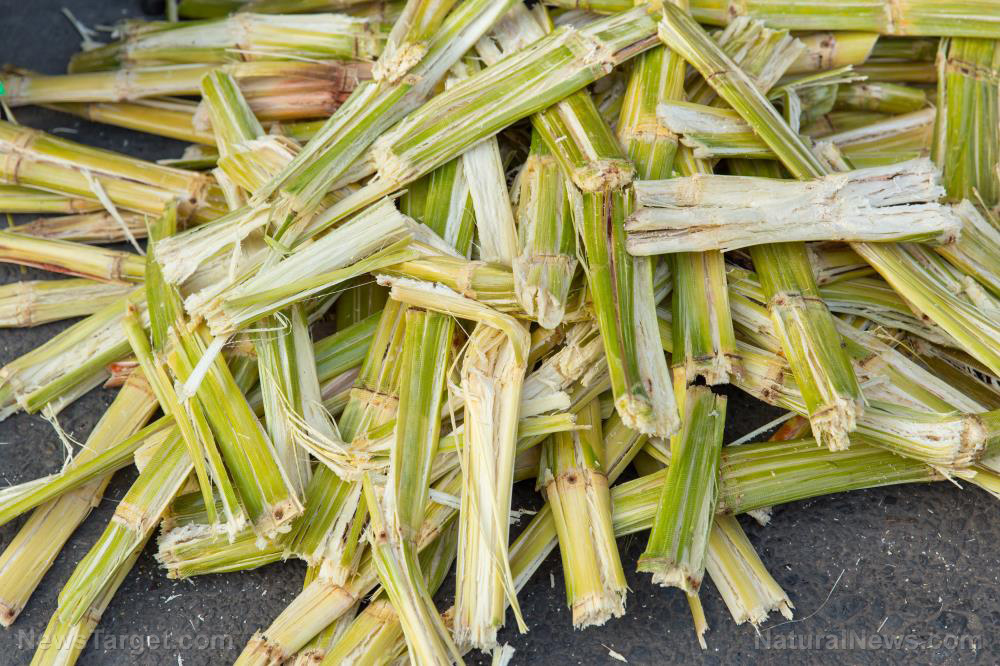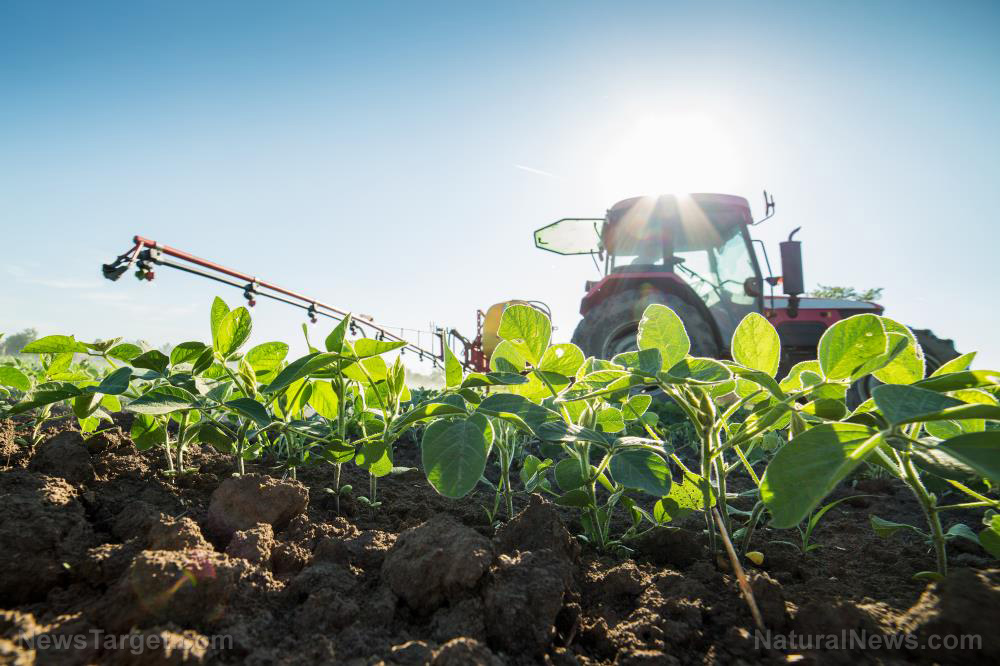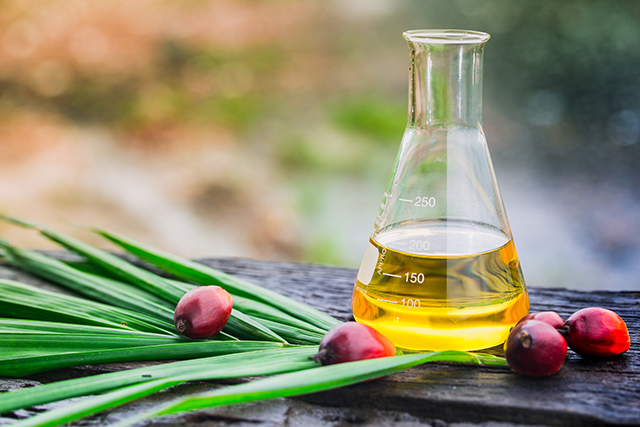
The processing of sugarcane involves mechanically crushing the stalks to extract the useful juice. The leftover material is called bagasse, a fibrous pulp that contains large amounts of lignin and some xylose sugars.
Bagasse is normally burned as biofuel. It can also be processed into pulp for making plant-based products such as paper. The high amount of fibers also make it a good ingredient for construction materials.
Meanwhile, researchers from the Ton Duc Thang University (TDTU) and Ming Chi University of Technology (MCUT) were looking for an alternative substrate for Schizochytrium. A species of oleaginous microalgae, Schizocytrium efficiently converts carbon substrates into lipids, which biofuel processes can turn into biodiesel.
Schizocytrium is normally cultivated in a substrate made from refined sugar. Given its popular use as a sweetener in food, sugar is an expensive material to use as a substrate. (Related: Scientists develop new way to turn chicken waste into bio-fuel by mixing it with a toxic weed.)
Agricultural waste product gets turned into microalgae substrate
The TDTU-MCUT research team considered the potential of sugarcane bagasse as an alternative substrate material for Schizocytrium. They believed it contained enough carbon to spur the growth of the microalgae and improve the production of valuable lipids.
In the first phase of the experiment, bagasse were collected for processing. The lignin was removed from the pulp by pretreating it with alkali. Then the bagasse was subjected to phosphoric acid in order to improve the later production of the sugar xylose.
The pretreated pulp underwent enzymatic hydrolysis, a chemical process where the enzyme cellulase broke down the material into glucose and xylose sugars. The researchers tested different loads of enzyme to figure out which would produce the best yield of sugar.
For the second phase, Schizochytrium microalgae were cultivated in different carbon-rich substrates. Some cultures used conventional refined sugar as the substrate. Others employed different loads of sugarcane bagasse hydrolysate with glucose and xylose.
The researchers evaluated the growth rate of the microalgae and the amount of lipids produced by each group of microalgae.
Cheaper and more effective than refined sugar
The researchers determined that the 03. milliliters per gram (mL/g) load of cellulase enzyme produced the best yield of glucose during hydrolysis. This particular load resulted in a maximum yield of 95.77 percent. The hydrolysis reaction took around 48 hours to finish processing the sugarcane bagasse.
In the Schizochytrium cultivation test, they found that microalgae grown in sugarcane bagasse hydrolysate grew more biomass and accumulated a greater amount of lipids when compared to the ones cultivated in refined sugar.
The best load for the bagasse-based substrate was determined to be 40 grams per milliliter (g/mL) glucose. This medium achieved 10.45 grams per liter (g/L) of biomass growth, of which 45.1 percent was made up of lipids. The maximum biomass and lipid content were achieved within 72 hours.
Furthermore, researchers noted that the sugarcane bagasse hydrolysate medium increased the amounts of polyunsaturated fatty acid and docosahexaenoic acid in the Schizochytrium cultures. When compared to the refined glucose, the xylose and glucose in the bagasse substrate appeared to be more easily broken down into these fatty acids, which are then combined to form the more complex lipids.
The researchers concluded that the hydrolysate of sugarcane bagasse can grow Schizochytrium microalgae as a renewable source of biodiesel. Furthermore, this substrate is cheaper and more effective than refined sugar mediums.
Visit Discoveries.news for more on the different uses of agricultural byproducts.
Sources include:
Please contact us for more information.























